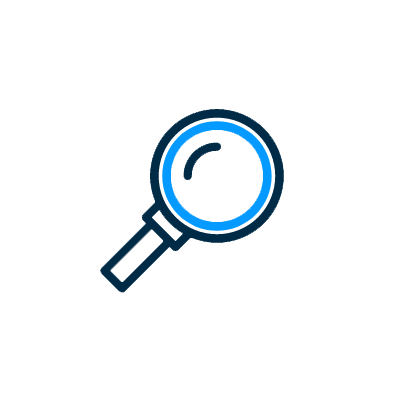
Questions and Answers
I’m starting a new business. Which business structure should I choose?
When beginning a business, taxpayers must decide what form of business entity to establish. We explain more about the options available.
Having researched your new business venture, carried out due diligence, created a business plan and made the decision to launch your business, your attention should now turn to speaking to an advisor who can discuss the most appropriate business structure for you.
Business structures
The most common business structures are:
- Sole proprietorship - When someone owns an unincorporated business by themselves.
- Partnerships - The relationship between two or more people to do trade or business.
- Corporations - In forming a corporation, prospective shareholders exchange money, property, or both, for the corporation's capital stock.
- S Corporations - Are corporations that elect to pass corporate income, losses, deductions and credits through to their shareholders for federal tax purposes.
- Limited Liability Company (LLC) – Are allowed by state statute and may be subject to different regulations. The IRS will treat an LLC as either a corporation, partnership, or as part of the owner's tax return (e.g., sole proprietorship) depending on elections made by the LLC and its number of members.
Business taxes
The form of business being operated determines what taxes must be paid and how to pay them. The following are the four general types of business taxes:
- Income tax - All businesses except partnerships must file an annual income tax return. Partnerships file an information return.
- Self-employment tax - Is a social security and Medicare tax primarily for individuals who work for themselves. Payments contribute to the individual's coverage under the social security system.
- Employment tax - When small businesses have employees, the business has certain employment tax responsibilities that it must pay and forms it must file.
- Excise tax – Excise taxes are imposed on various goods, services and activities. Such taxes may be imposed on the manufacturer, retailer or consumer, depending on the specific tax.
Generally, business owners must pay taxes on income, including self-employment tax, by making regular payments of estimated tax during the year.
Choosing the business year
When you speak to your advisor, they will discuss the two options available regarding choosing a ‘tax year’, which is an annual accounting period for reporting income and expenses.
Tax years small businesses can use are:
- Calendar year – 12 consecutive months beginning January 1 and ending December 31.
- Fiscal year– 12 consecutive months ending on the last day of any month except December. A 52-53-week tax year is a fiscal tax year that varies from 52 to 53 weeks but does not have to end on the last day of a month.
How we can help
Make sure you set your business up for success by speaking to a TaxAssist Advisor. We offer a free initial consultation and can discuss your personal situation and what services we provide to help make running your business as smooth and efficient as possible. Contact us here.
Date published Jun 22, 2022 | Last updated Jul 22, 2022
This article is intended to inform rather than advise and is based on legislation and practice at the time. Taxpayer’s circumstances do vary and if you feel that the information provided is beneficial it is important that you contact us before implementation. If you take, or do not take action as a result of reading this article, before receiving our written endorsement, we will accept no responsibility for any financial loss incurred.Sign up for our newsletter
Receive important tax news suitable for business owners and self-employed professionals.
Choose the right accounting firm for you
Running your own business can be challenging so why not let TaxAssist Advisors manage your tax, accounting, bookkeeping and payroll needs? If you are not receiving the service you deserve from your advisor, then perhaps it’s time to make the switch?

Local business focus
We specialize in supporting independent businesses. Each TaxAssist Advisor runs their own business, and are passionate about supporting you.

Come and meet us
We enjoy talking to business owners and self-employed professionals who are looking to get the most out of their accounting firm. You can visit us at any of our locations, meet with us online through video call software, or talk to us by telephone.

Switching is simple
Changing accounting firm is easier than you might think. There are no tax implications and you can switch at any time in the year and our team will guide you through the process for a smooth transition.